Frequently Asked Questions
1. Why is regular maintenance important for pocket knives?
2. What are the steps for cleaning a pocket knife?
3. How often should I sharpen my pocket knife?
4. What oil should I use for my pocket knife?
5. How can I prevent rust on my pocket knife?
Every outdoor enthusiast, DIYer, or everyday carry aficionado knows the importance of having a reliable tool at their fingertips. Pocket knives are more than just tools; they’re an extension of one’s self and can prove invaluable in a myriad of situations. However, like any tool, pocket knives require proper care and maintenance to achieve longevity and optimal performance. Whether you use your knife for cutting rope, opening packages, or cooking, knowing how to maintain it is crucial. This guide covers everything you need to know about caring for and cleaning your pocket knife.
The Importance of Regular Maintenance
Maintaining your pocket knife can not only extend its lifespan but also enhance its performance. A well-maintained knife operates smoothly, ensures safety during use, and remains aesthetically appealing. Neglect can lead to rust, dull blades, or even a complete loss of functionality. Here are the primary benefits of regular maintenance:
- Enhanced Performance: A clean and well-lubricated blade cuts more effectively.
- Safety: Regular checks can prevent unexpected failures during use.
- Longevity: Proper care extends the lifespan of your knife, saving you money in the long run.
Cleaning Your Pocket Knife: Step-by-Step Guide
Cleaning your pocket knife doesn't have to be a tedious chore. A simple routine makes all the difference. Follow this step-by-step guide for effective cleaning:
Step 1: Disassemble the Knife
Many pocket knives are designed to be disassembled. Remove any components that can be taken apart. Be sure you keep track of screws and smaller parts to avoid losing them.
Step 2: Rinse with Warm Water
Once disassembled, rinse the knife under warm water to dislodge any dirt, grease, or grime. Avoid using boiling water as it may damage any plastic components.
Step 3: Use a Gentle Brush
For areas that are difficult to reach, such as the pivot point or serrated edges, utilize a soft brush, like a toothbrush. This will help remove any stubborn debris without damaging the blade.
Step 4: Dry Thoroughly
After washing your knife, ensure you dry it thoroughly. Moisture can lead to rust, especially in stainless steel blades. Use a clean cloth or paper towel to pat it dry, and pay special attention to any crevices.
Oiling the Blade
Once your knife is clean and dry, it's time to apply some oil. Oiling is essential for maintaining the smooth operation of the blade and protecting it from rust. Here’s how:
What to Use
Opt for a high-quality knife oil or mineral oil as they provide excellent corrosion resistance. Avoid using cooking oils, as they can become rancid.
How to Apply
1. Place a drop of oil on the pivot point of the knife.
2. Open and close the knife several times to distribute the oil evenly.
3. Wipe off any excess oil with a soft cloth to prevent residue build-up.
Sharpening Your Pocket Knife
Another crucial aspect of maintaining your pocket knife is ensuring that it stays sharp. A dull knife can lead to accidents and ineffective cutting. Follow these guidelines for sharpening:
When to Sharpen
It’s important to know when your knife needs sharpening. Signs include:
- Difficulty cutting through materials.
- Visible nicks or chips in the blade.
- A blade that feels “rough” when slicing.
Sharpening Techniques
There are several methods to sharpen a pocket knife:
- Whetstone: A classic method that provides great results. Wet the stone with water or oil, and use a consistent angle to sharpen.
- Honing Rod: A quick touch-up method to realign the blade’s edge.
- Knife Sharpener: These handy devices are user-friendly and effective for quick sharpening.
Rust Prevention Tips
Even the best pocket knives can succumb to rust if not properly cared for. Follow these suggestions to keep rust at bay:
Storage Matters
Store your pocket knife in a dry place. Consider using a case or sheath to prevent moisture exposure. Avoid leaving it in damp areas like bathrooms or basements.
Regular Use
Using your knife regularly can help prevent rust formation. When used often, oil and moisture from cutting activities can naturally protect the blade.
Special Considerations for Different Blade Materials
Different materials require different care techniques. Understanding the specific needs of your knife's material can enhance its maintenance:
Stainless Steel
Stainless steel blades are relatively easier to maintain but can still rust if neglected. Follow the cleaning and oiling procedures outlined above.
Carbon Steel
Carbon steel blades are known for their sharpness but are more prone to rust. Regular oiling is even more crucial in this case, and consider cleaning after each use.
The Role of The Handle
In addition to the blade, the handle of your pocket knife also requires maintenance. Here’s how to care for different handle materials:
Plastic Handles
Plastic handles can be easily cleaned with soap and water. Regularly check for any cracks or wear that can compromise usability.
Wooden Handles
Wood handles require a bit more care. Regularly applying linseed oil can help maintain the wood's finish and prevent cracking.
Common Mistakes to Avoid
While caring for your pocket knife, it's essential to avoid common pitfalls that can lead to damage:
- Using inappropriate cleaning materials, such as harsh chemicals or abrasive pads.
- Neglecting to dry your knife, leaving moisture to cause rust.
- Ignoring the importance of regular maintenance routines.
Your Pocket Knife: A Lifetime Companion
By implementing these care and cleaning essentials, you can ensure that your pocket knife serves you well for years to come. A well-maintained pocket knife not only performs effectively but also reflects the care and respect you give to your tools. Every cut, slice, or carving becomes a testament to the bond between you and your trusty companion. So pick up your knife, give it the TLC it deserves, and enjoy the journey together, one cut at a time!


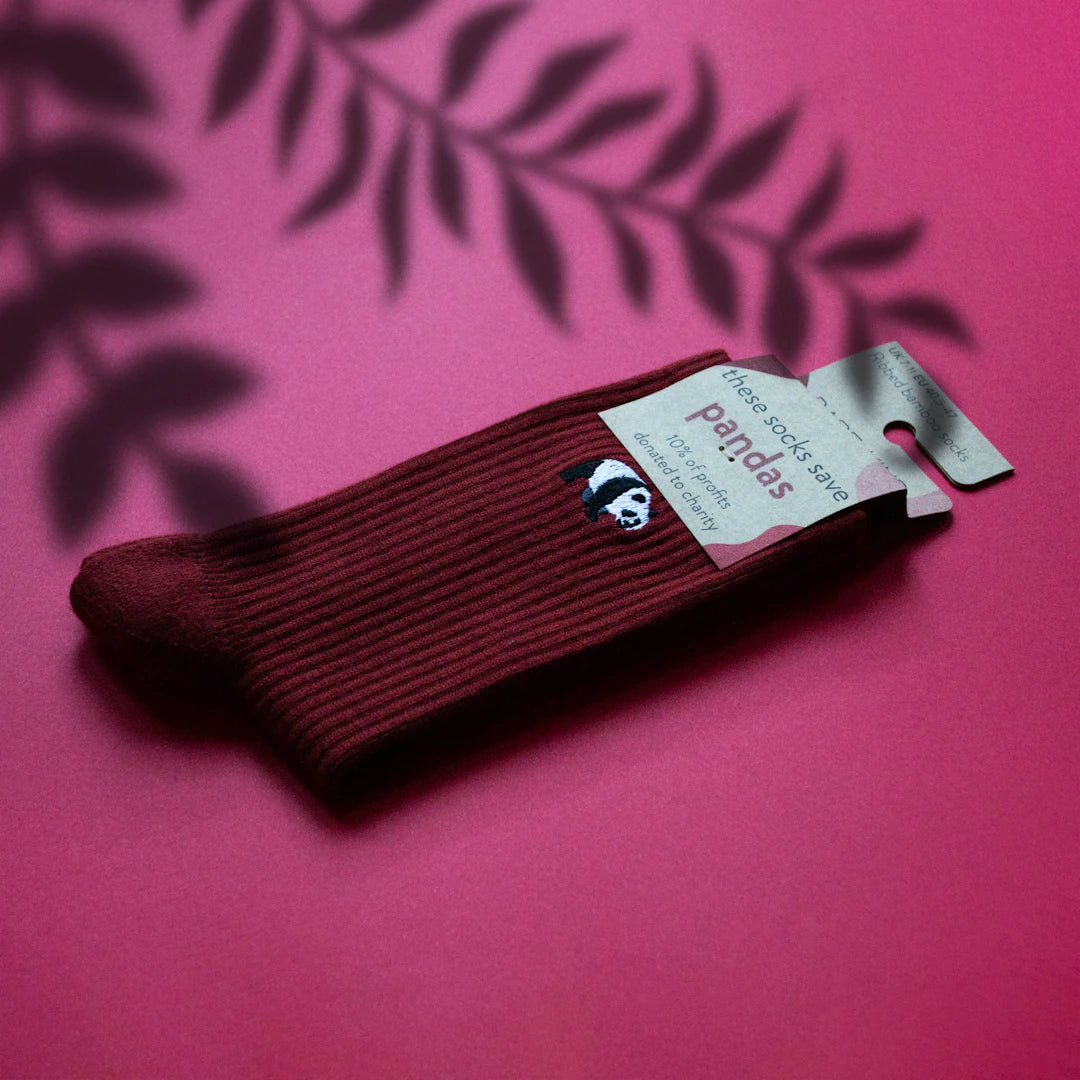
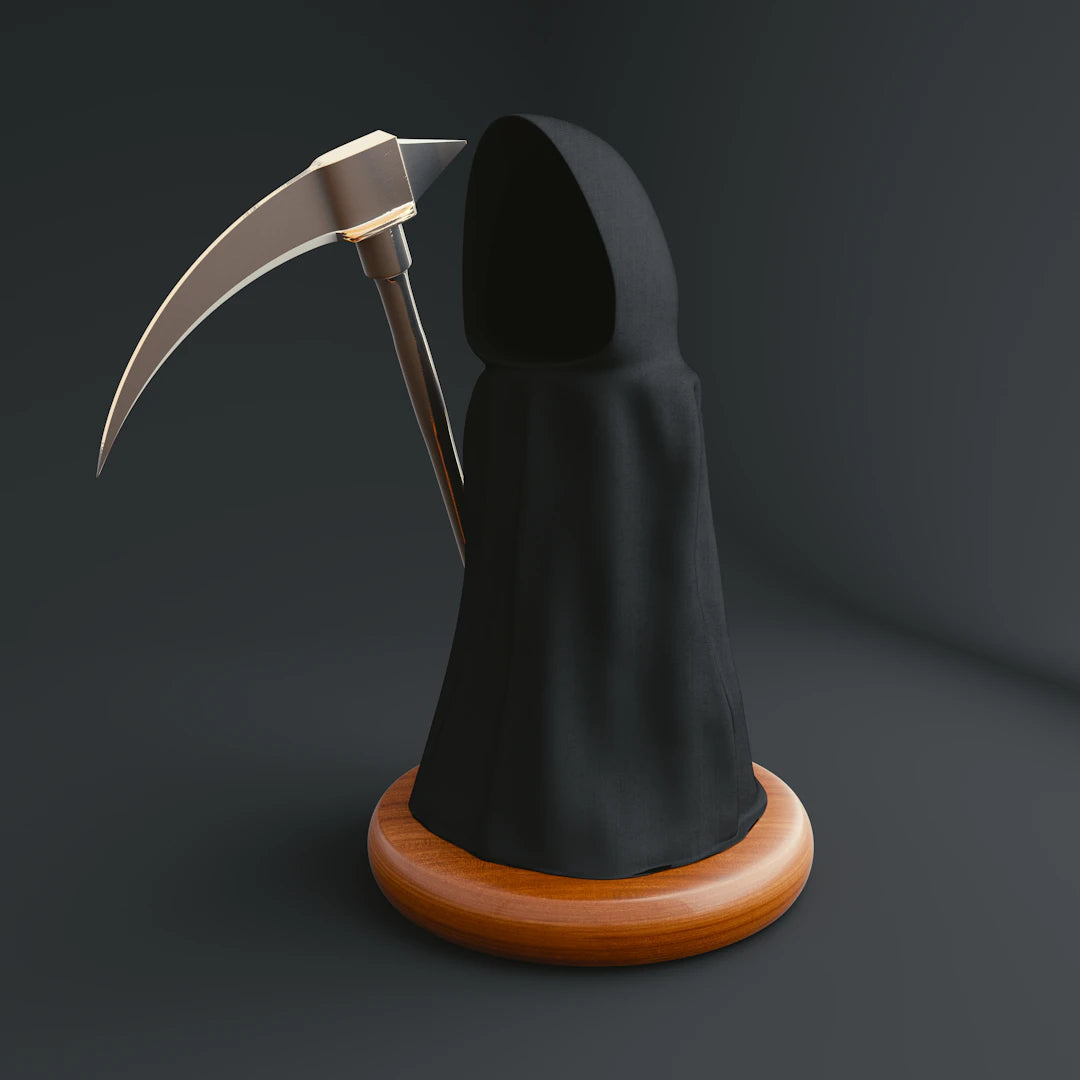
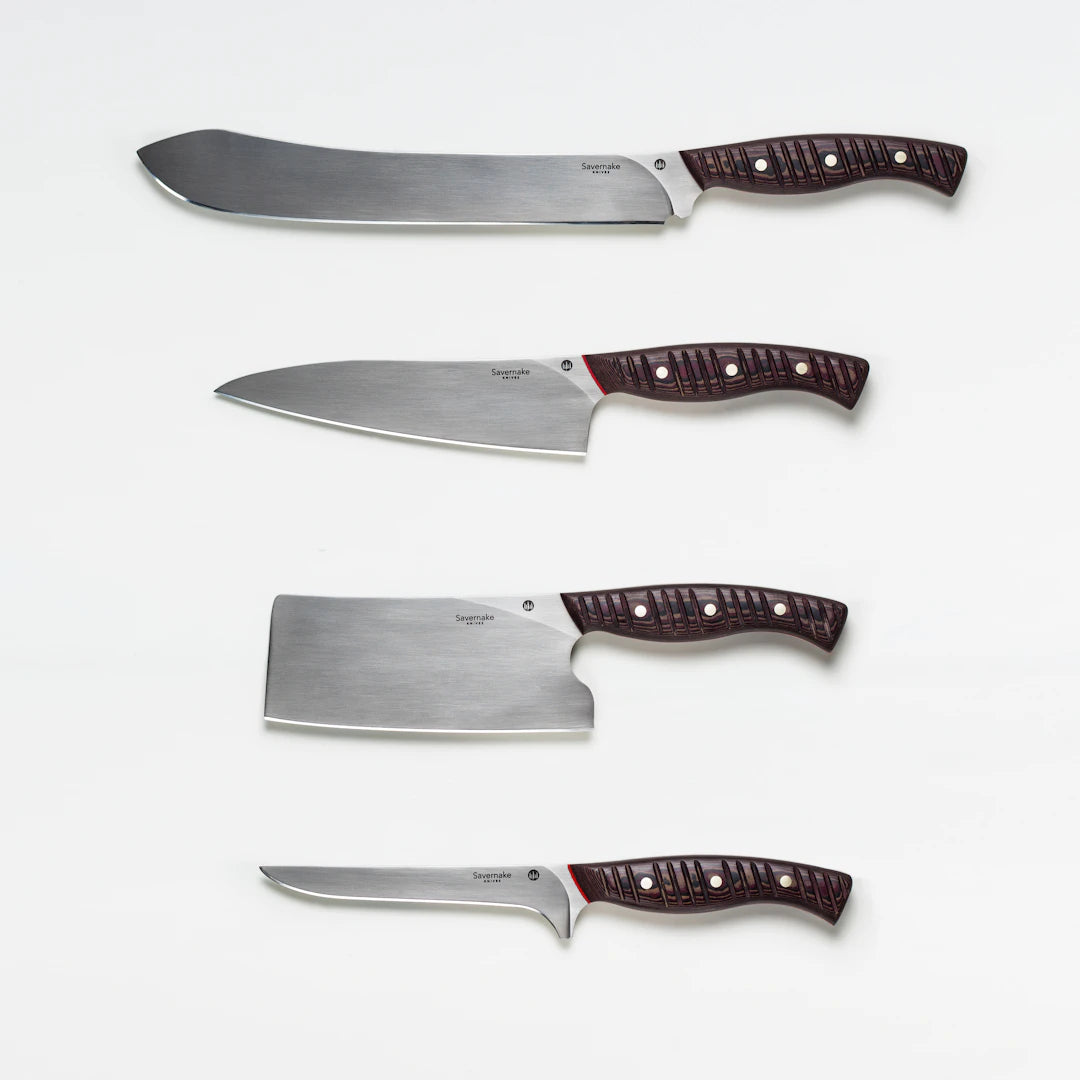
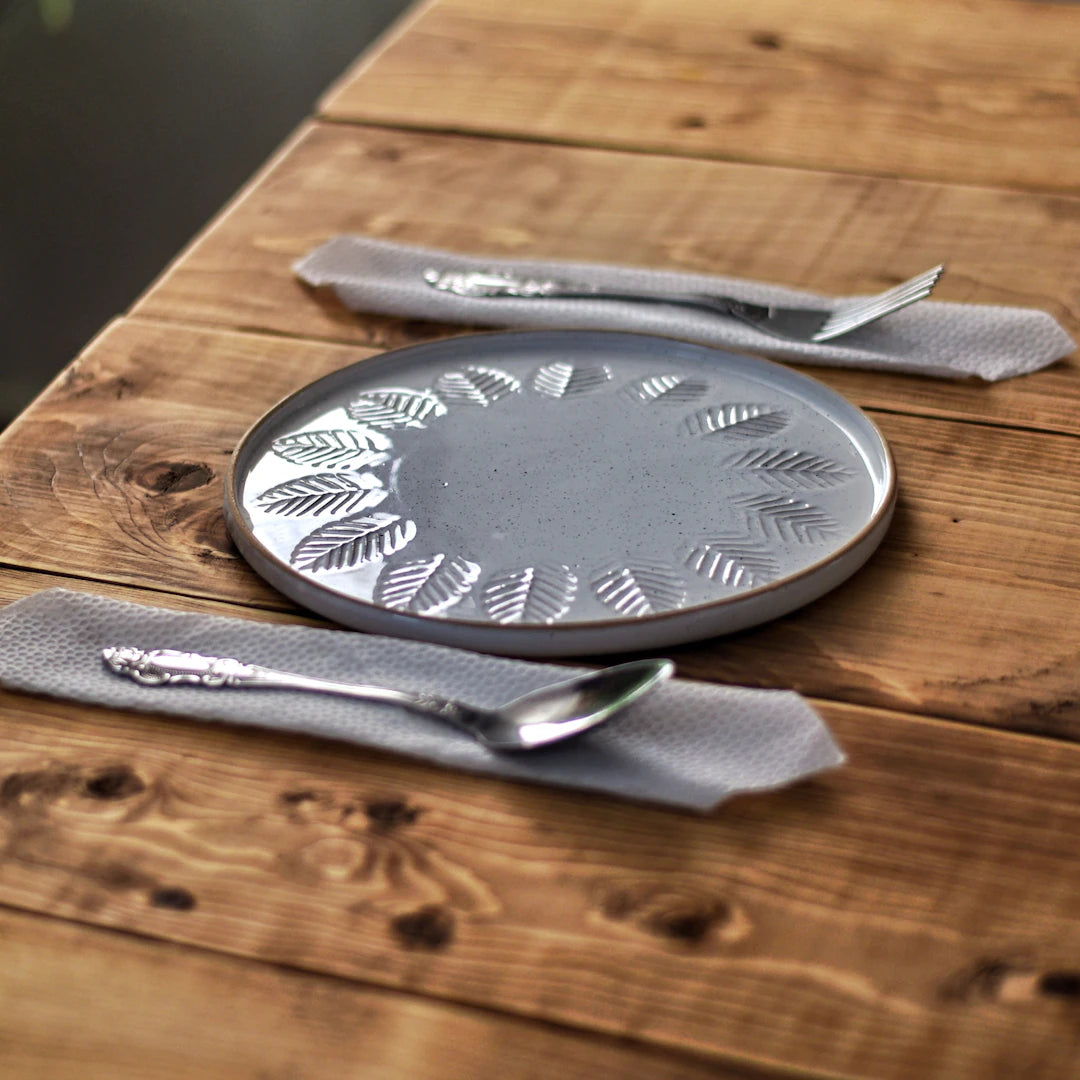

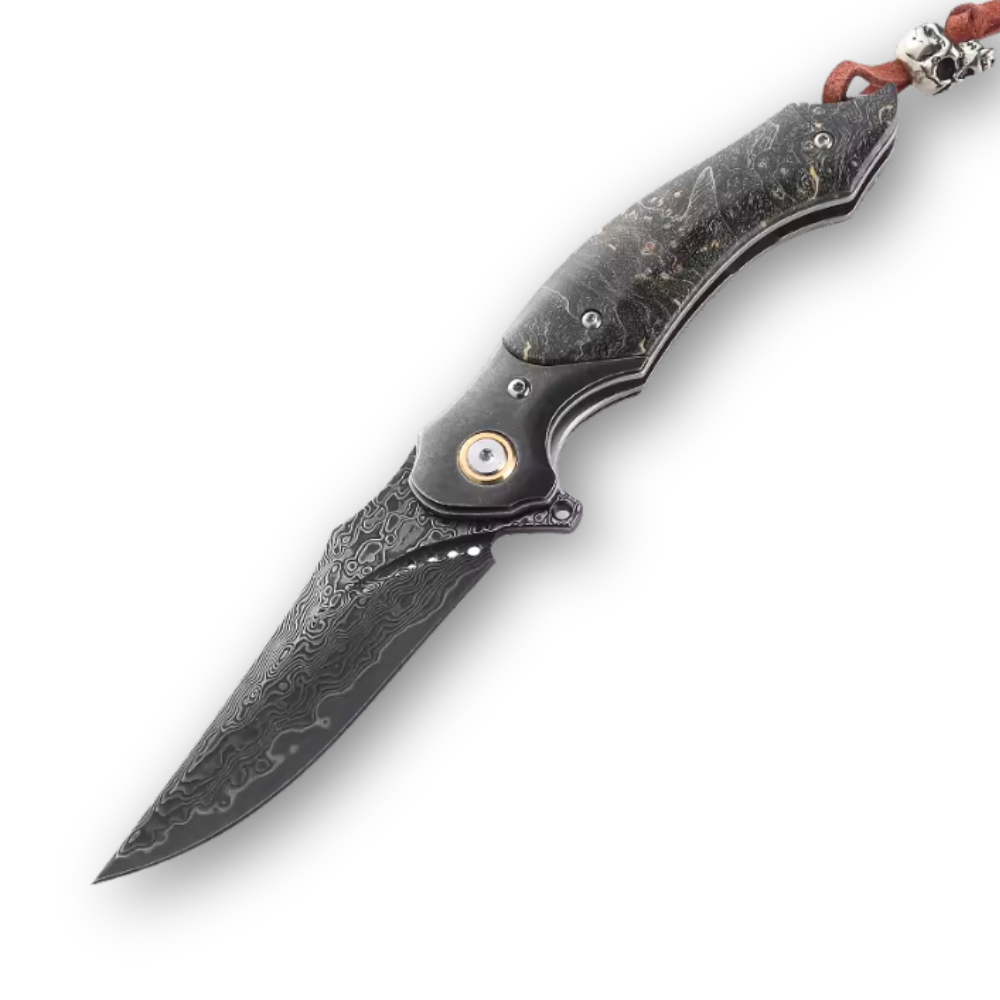
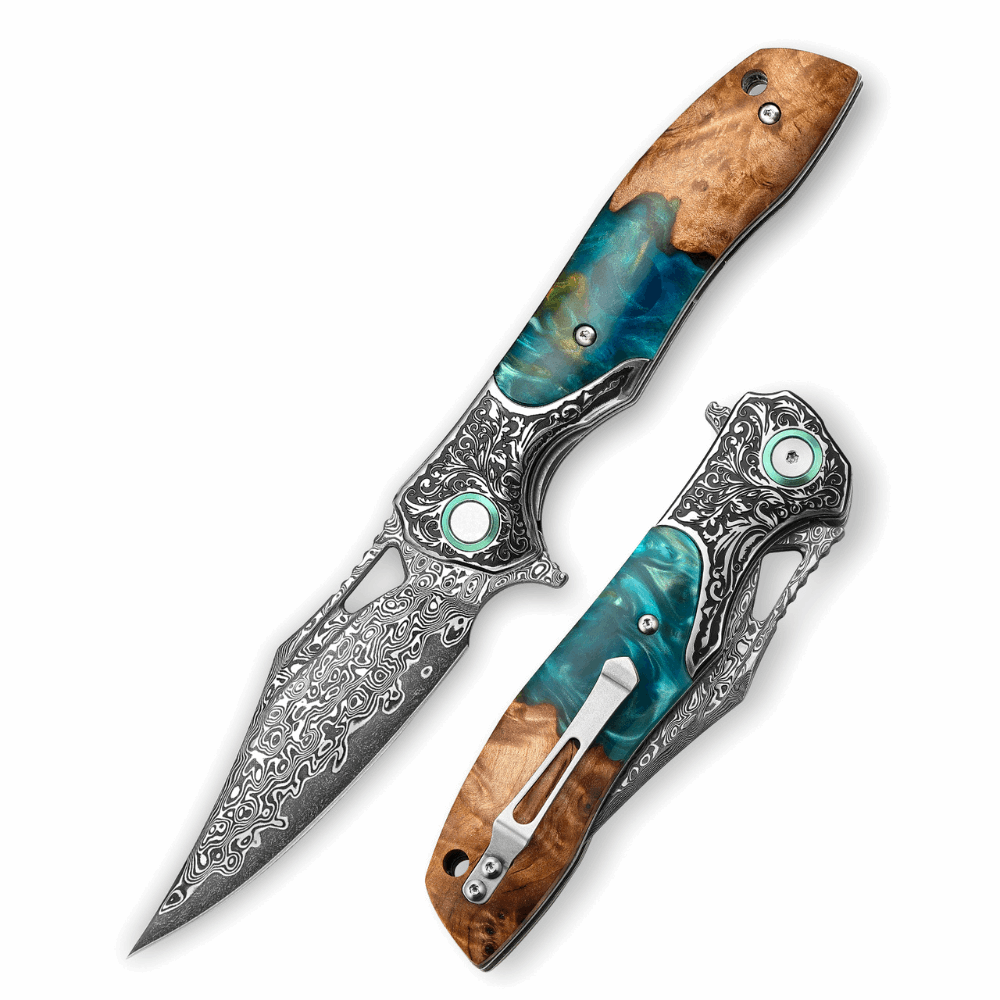
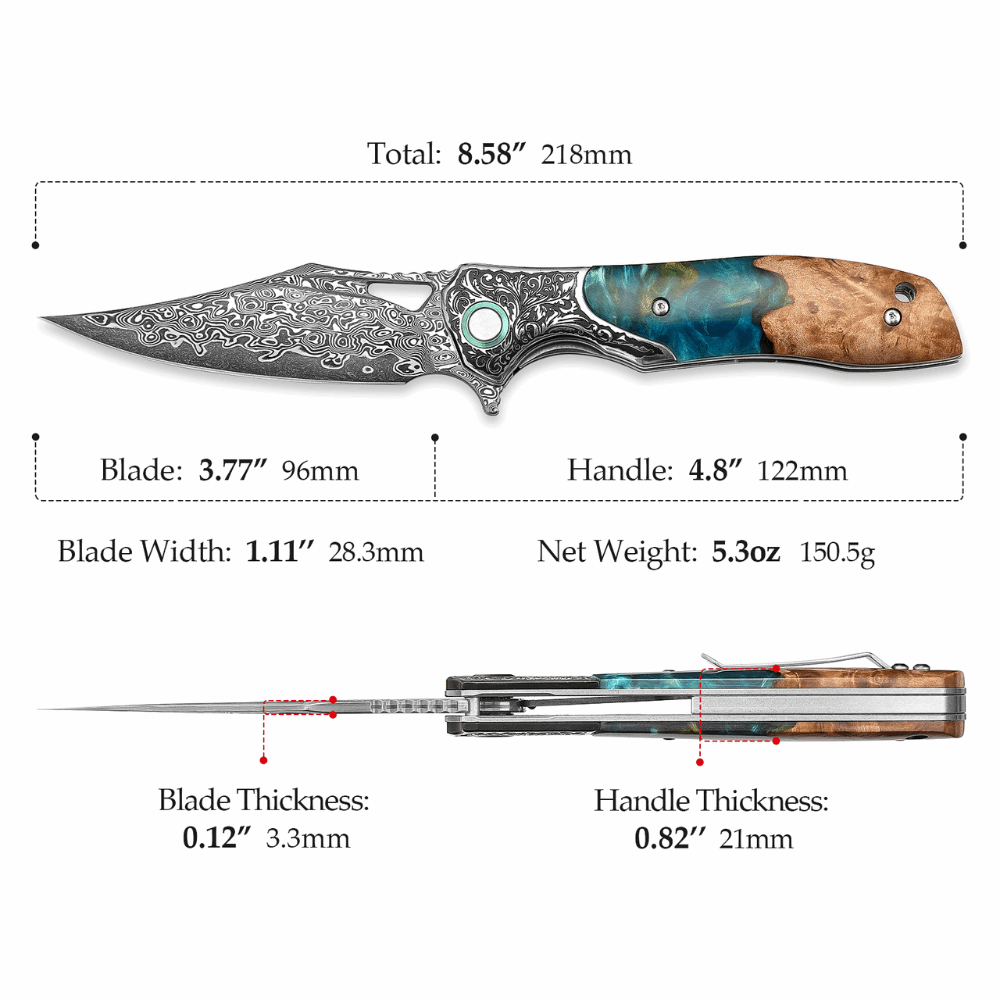
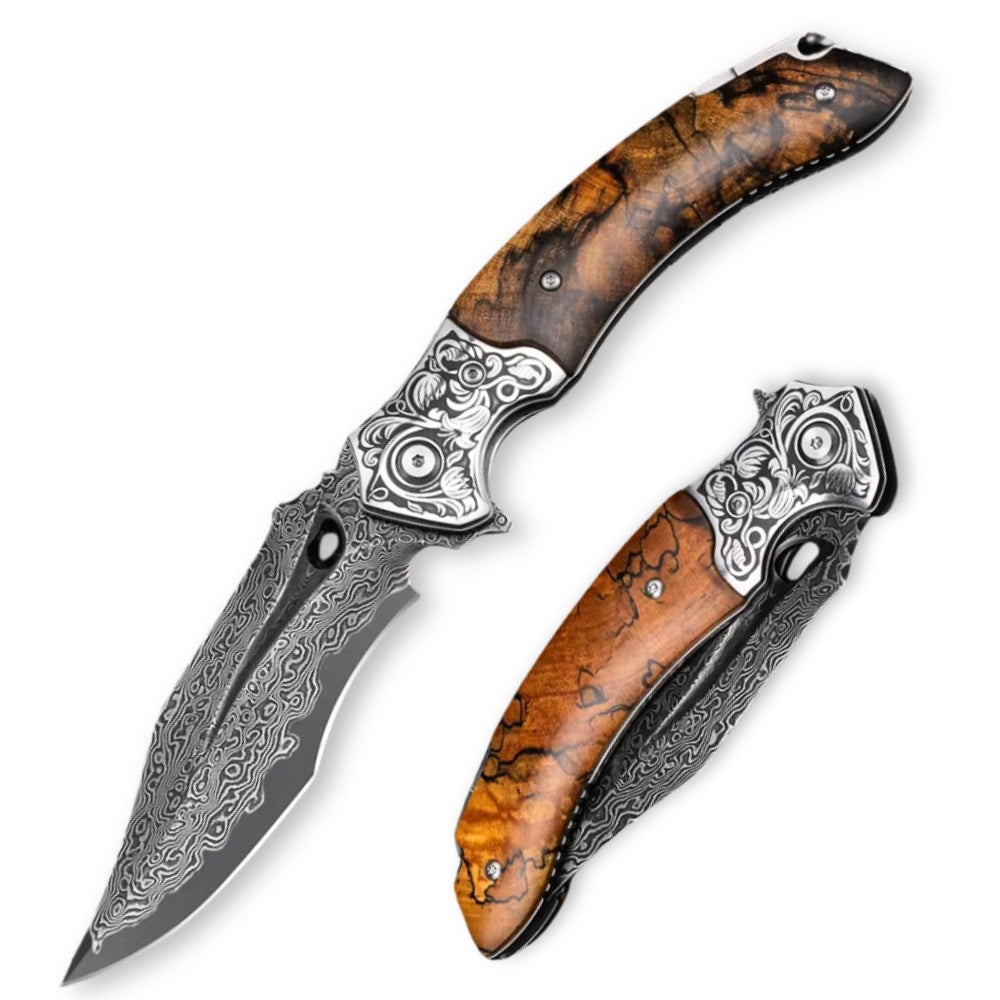
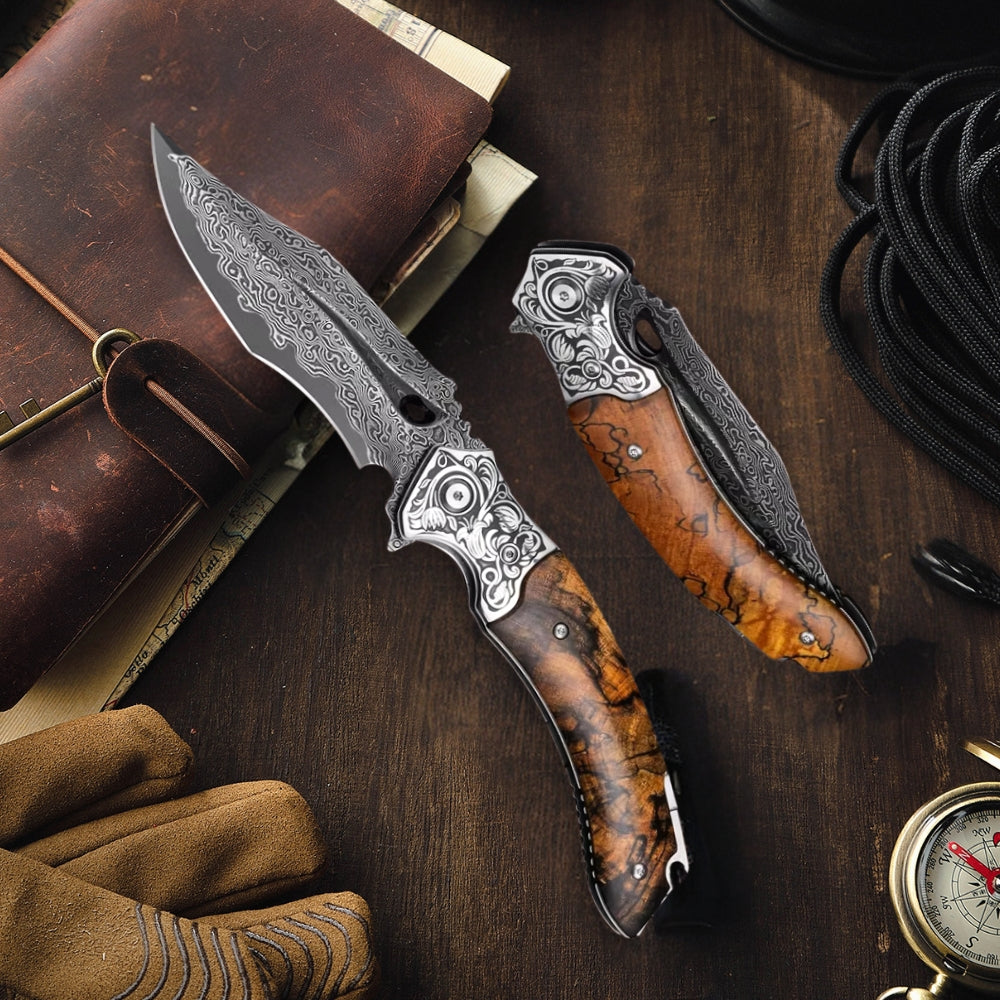
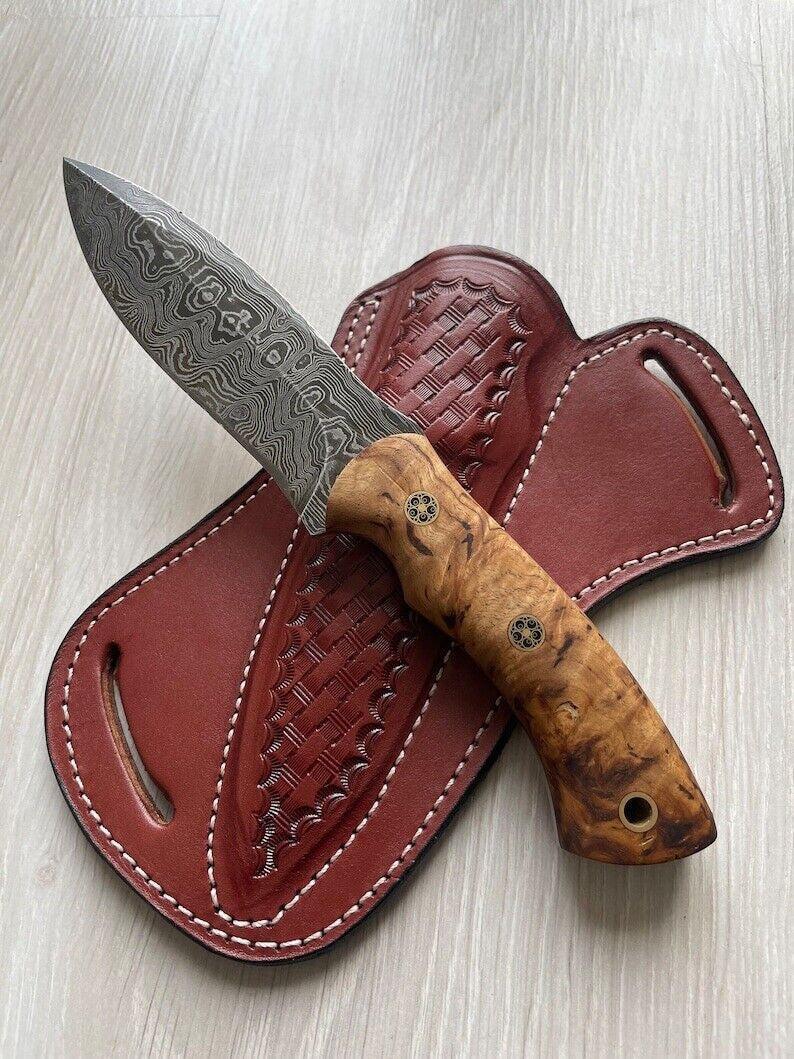
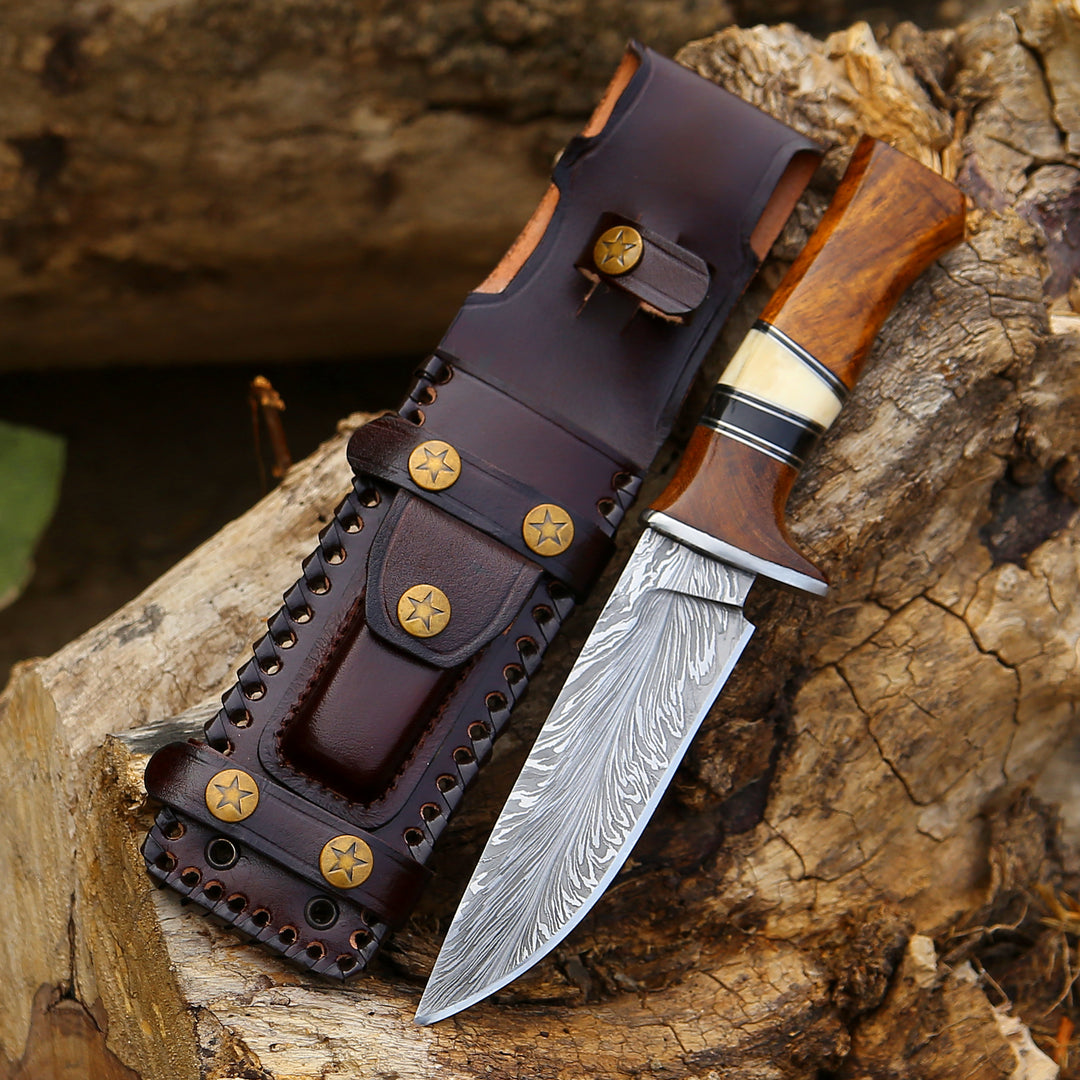
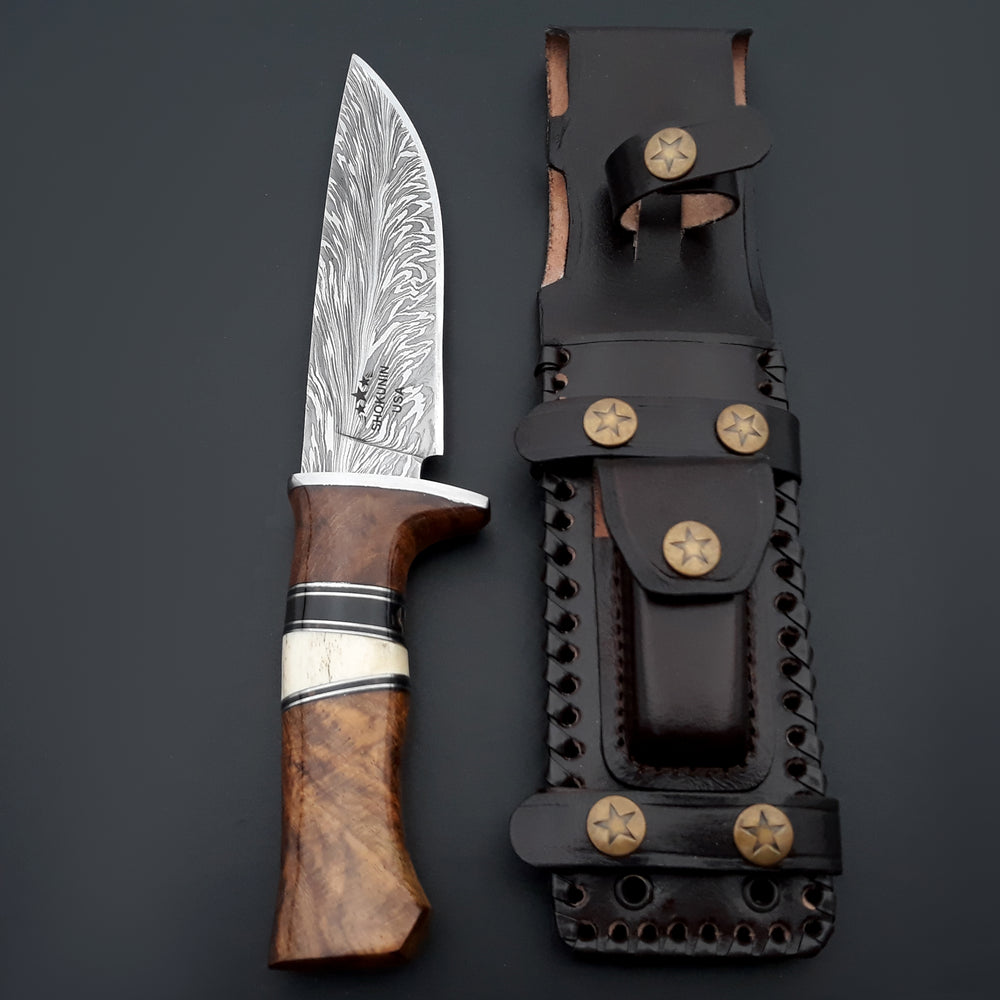
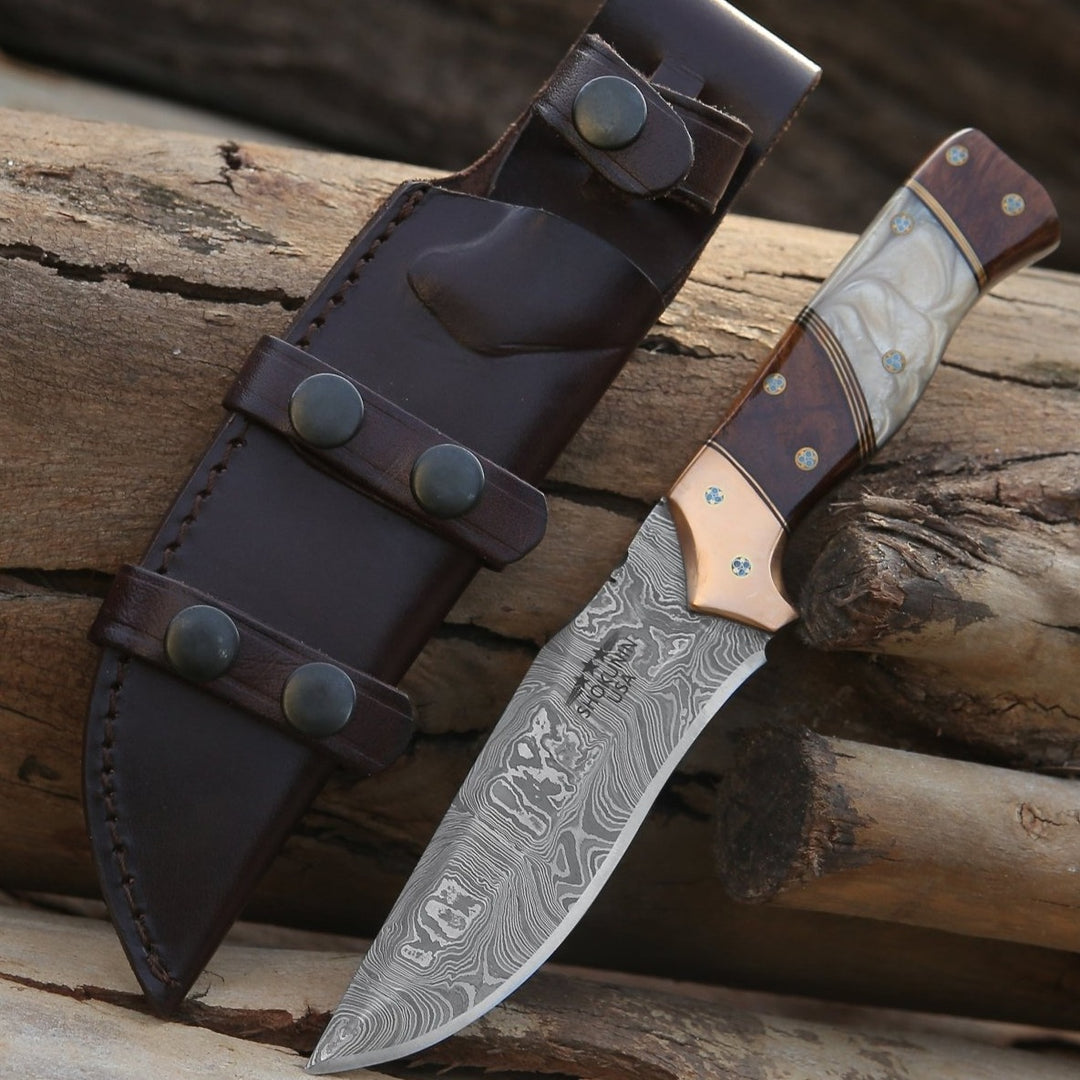
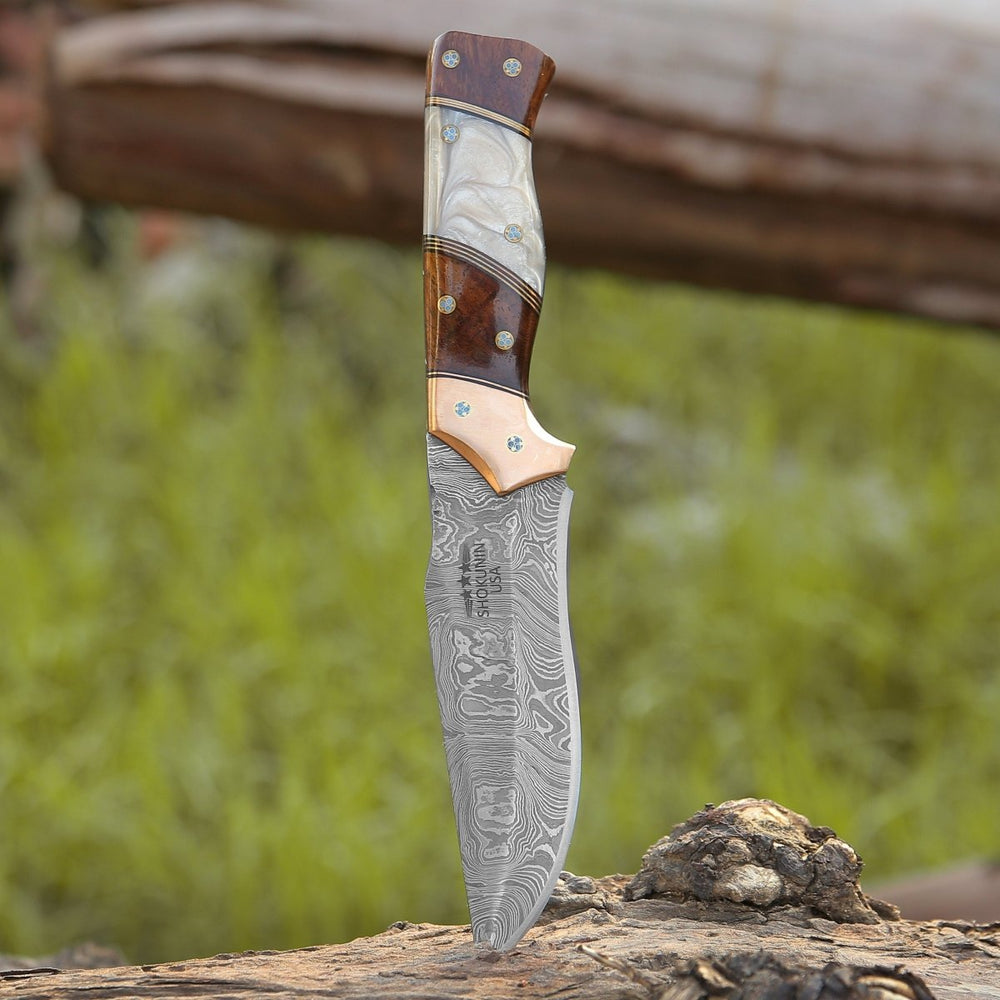
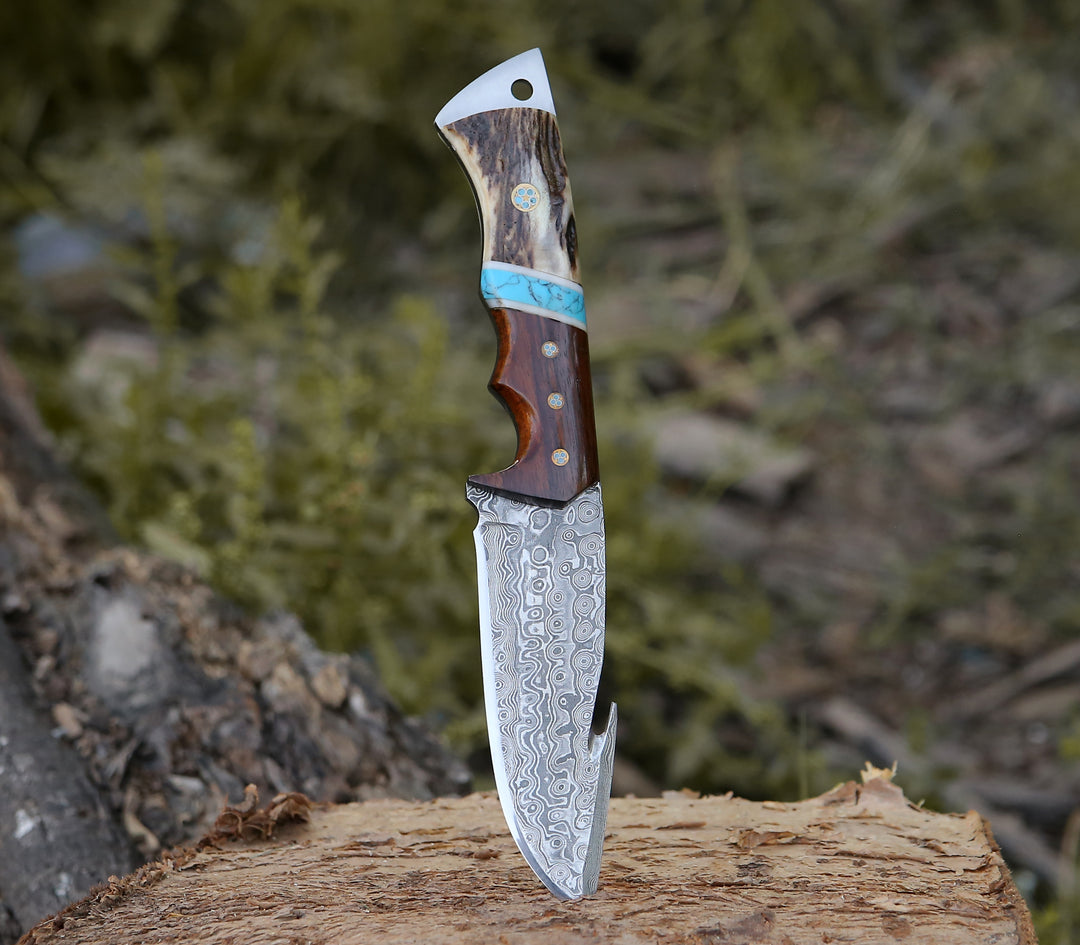
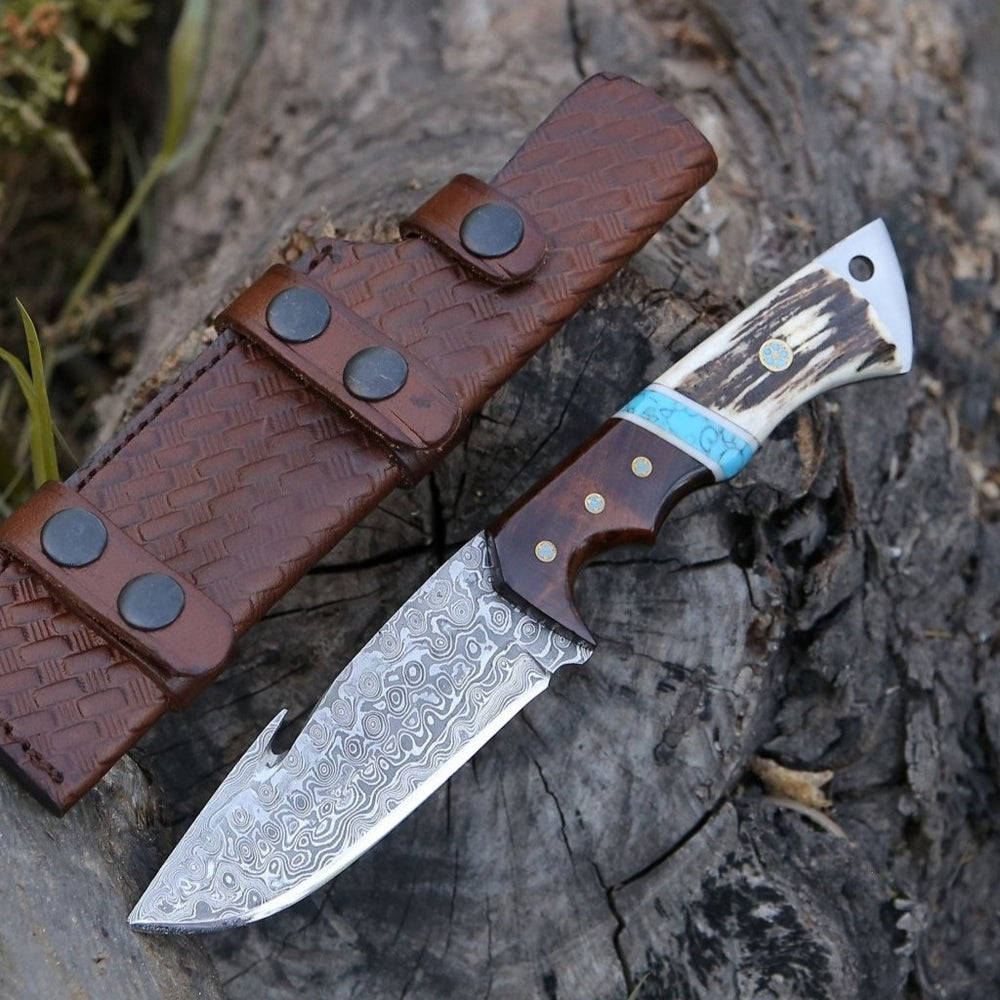
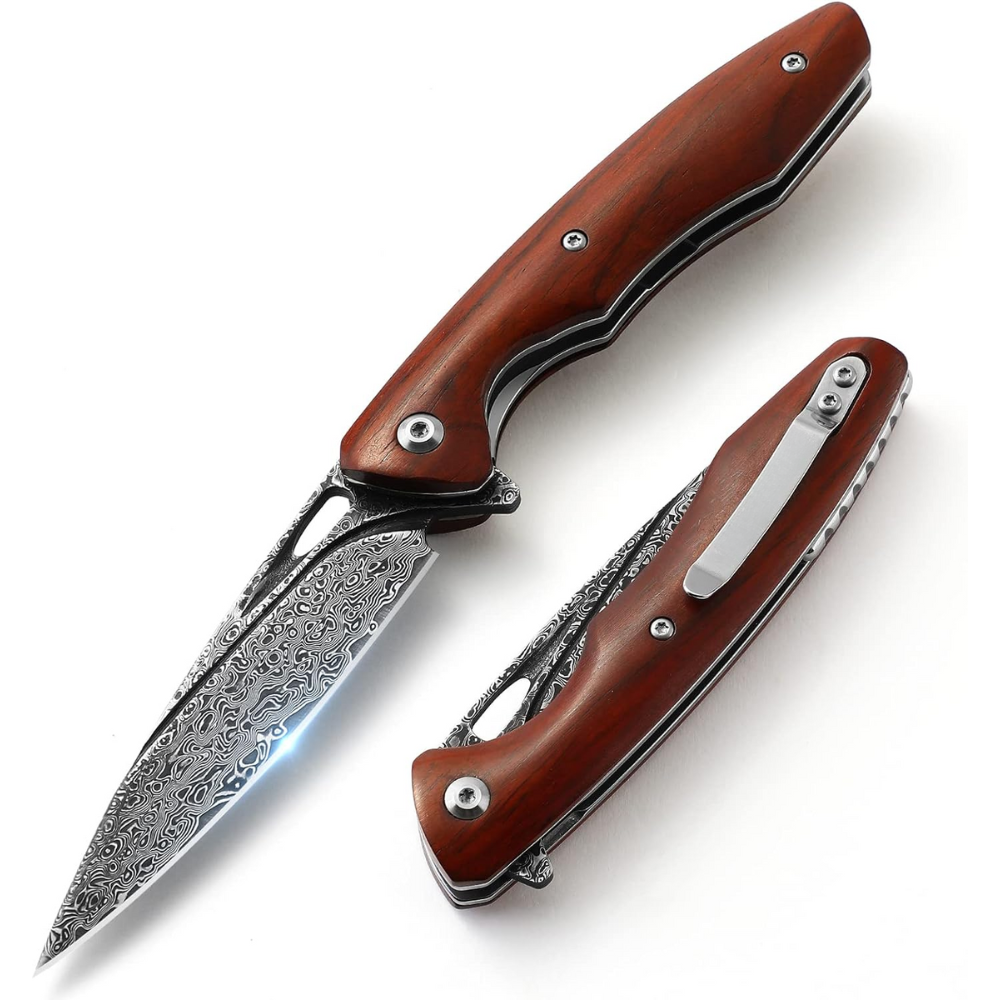

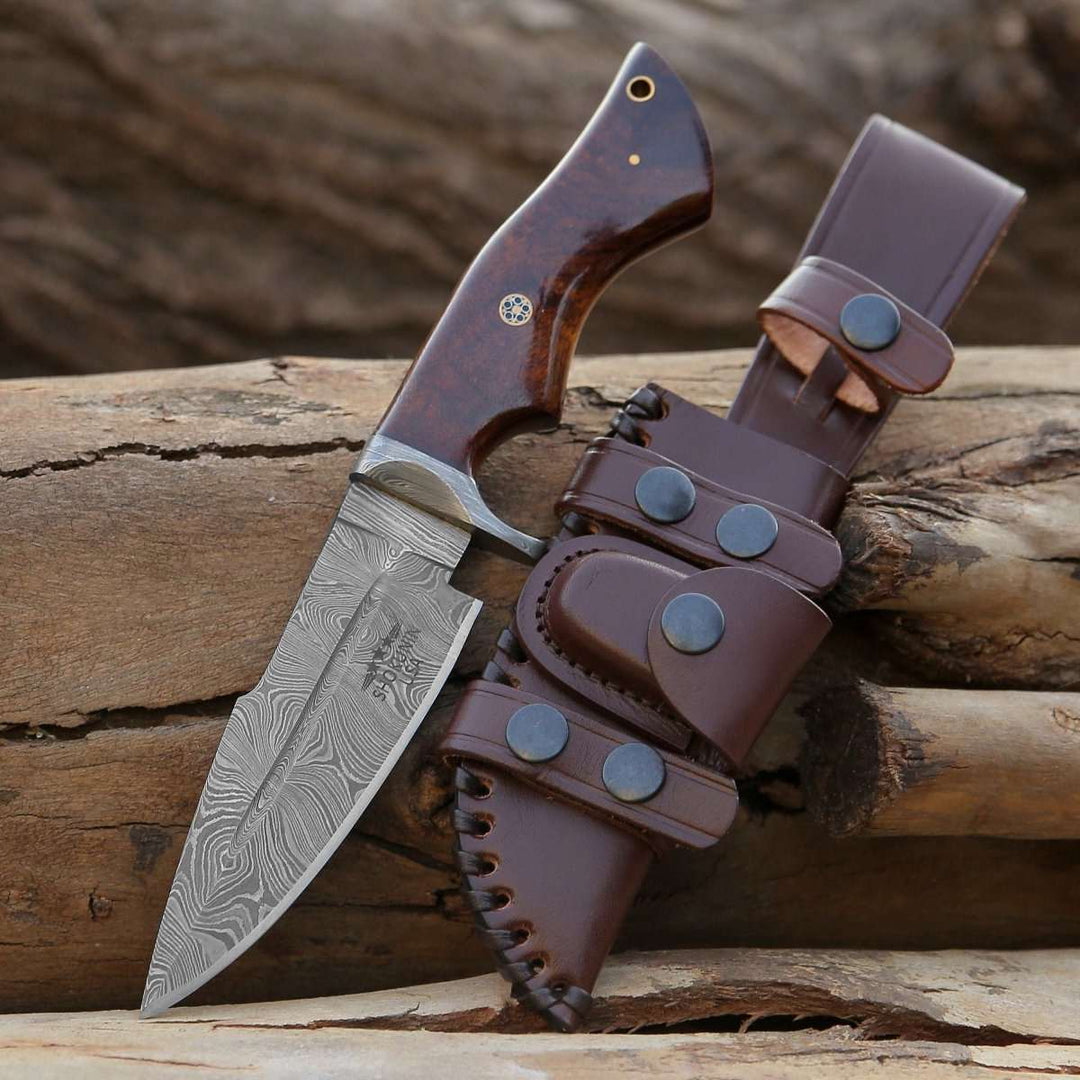
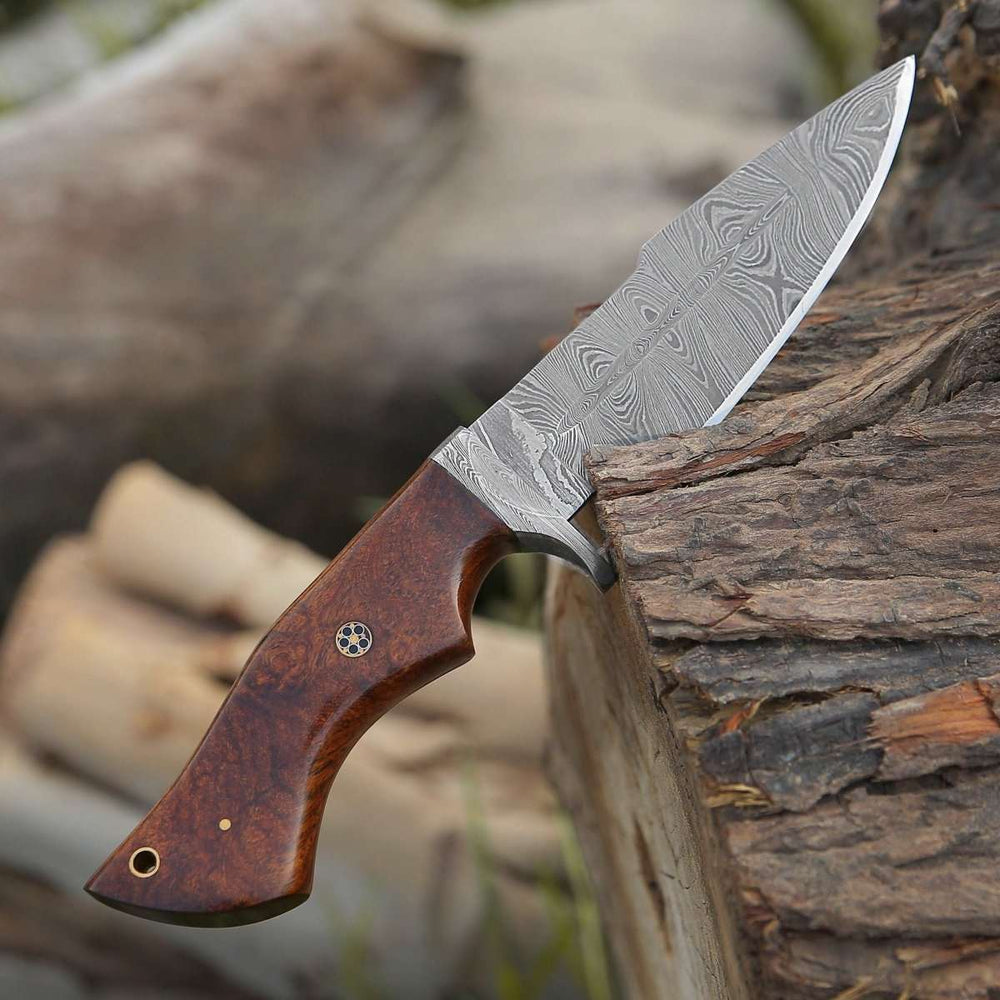
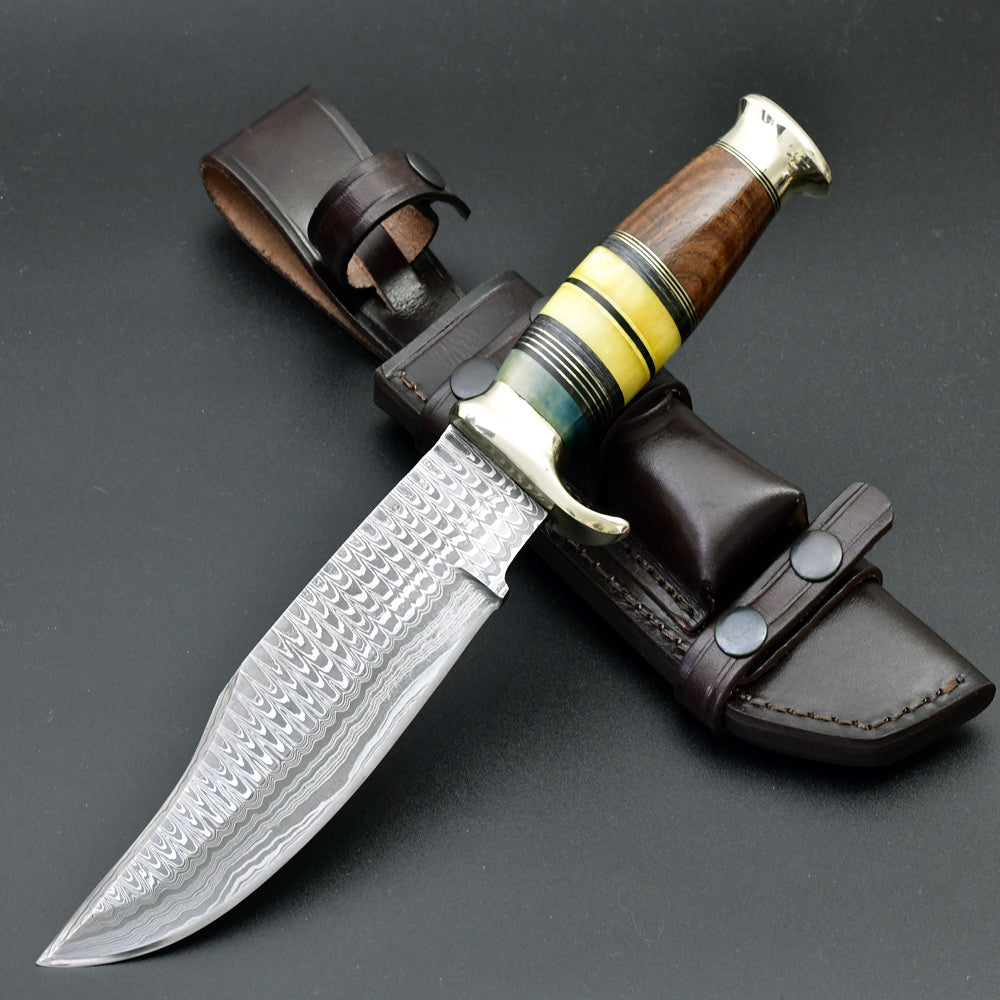
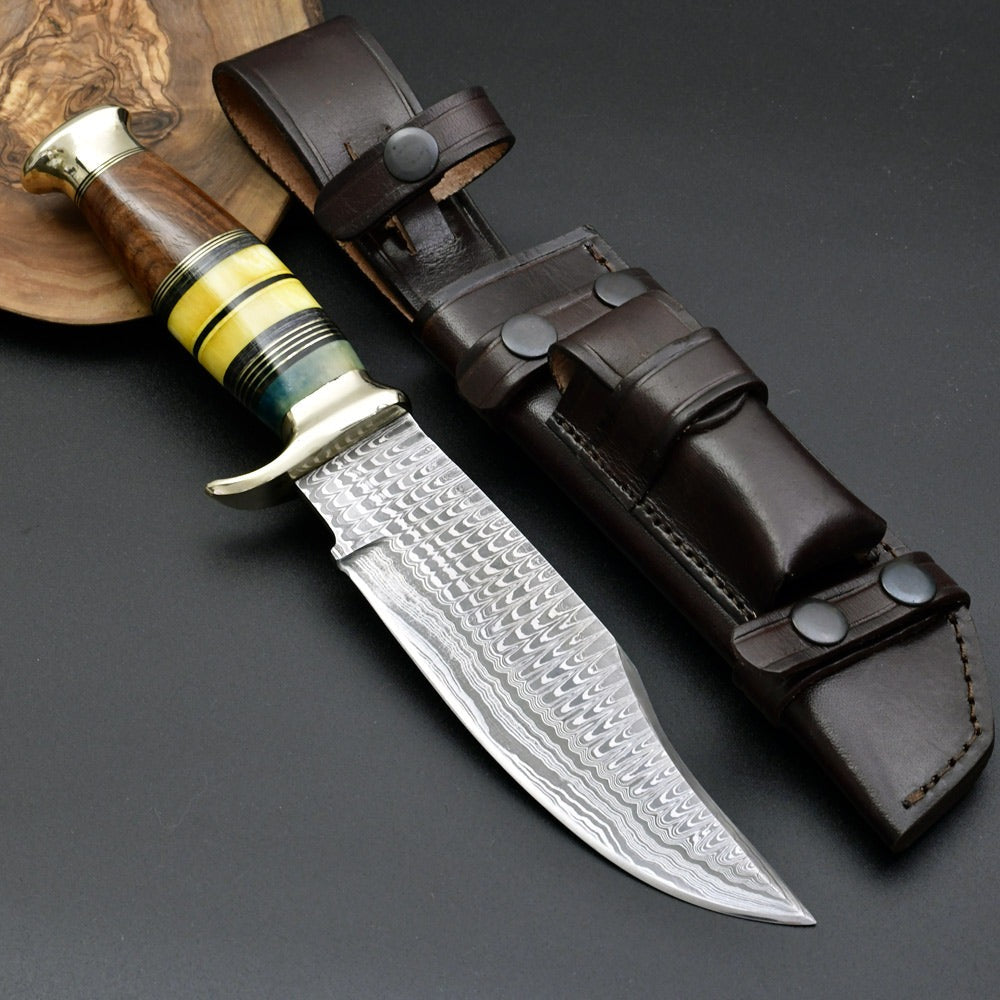
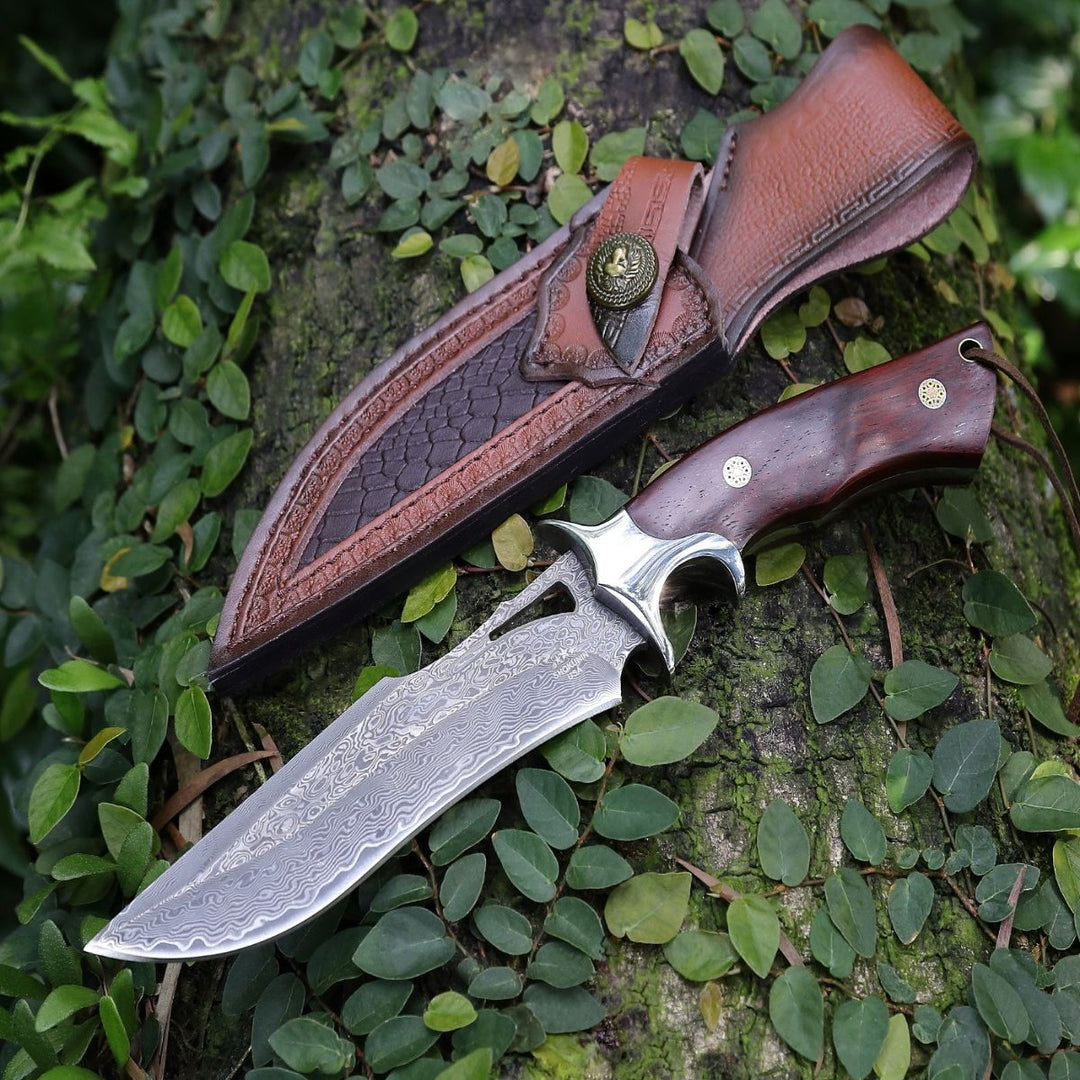
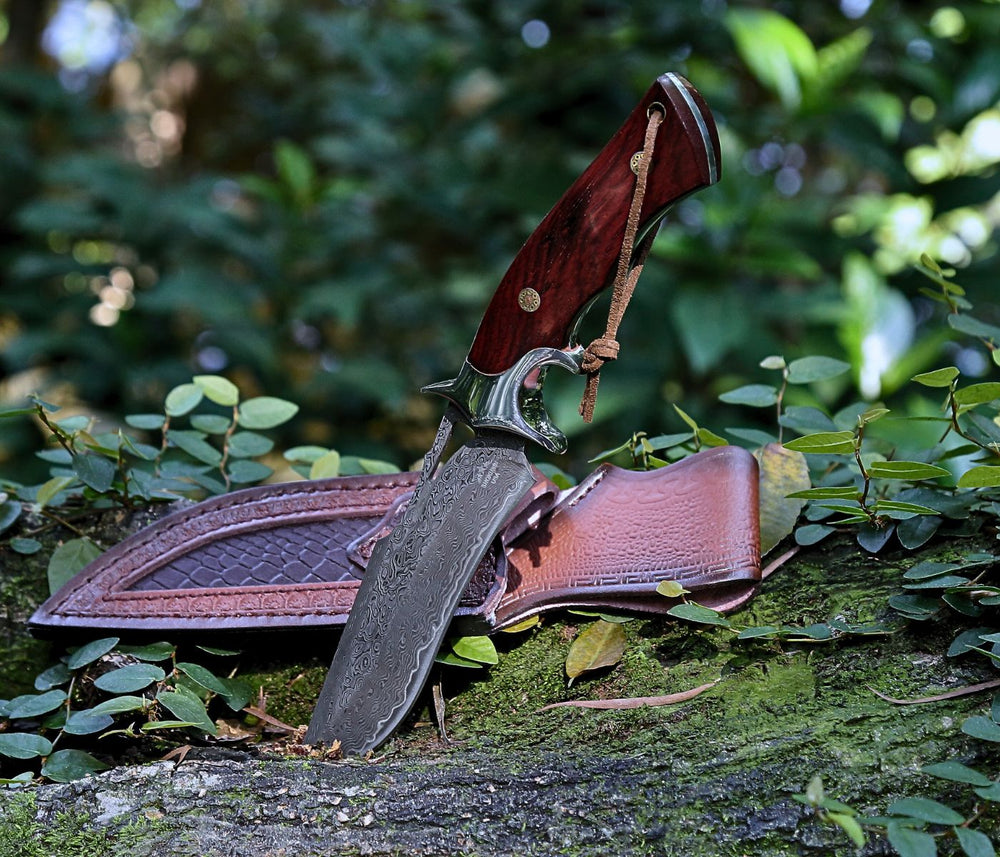
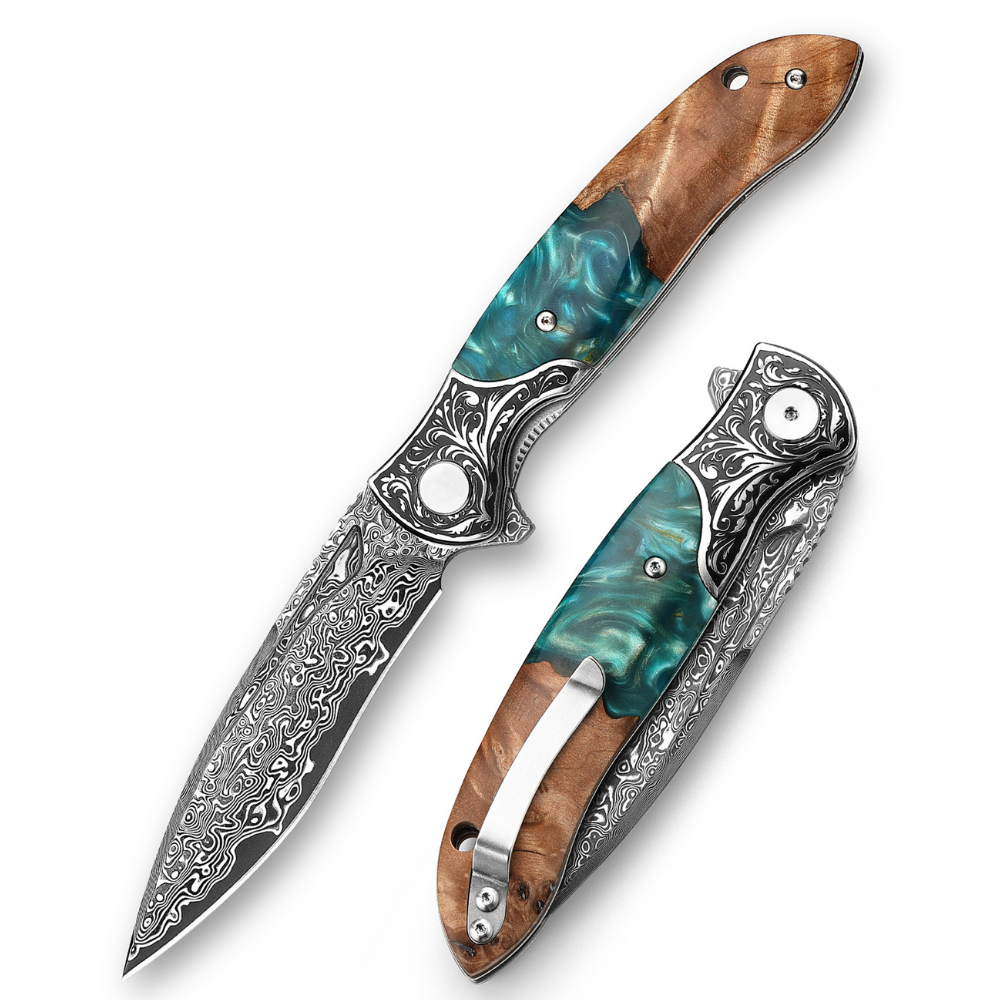
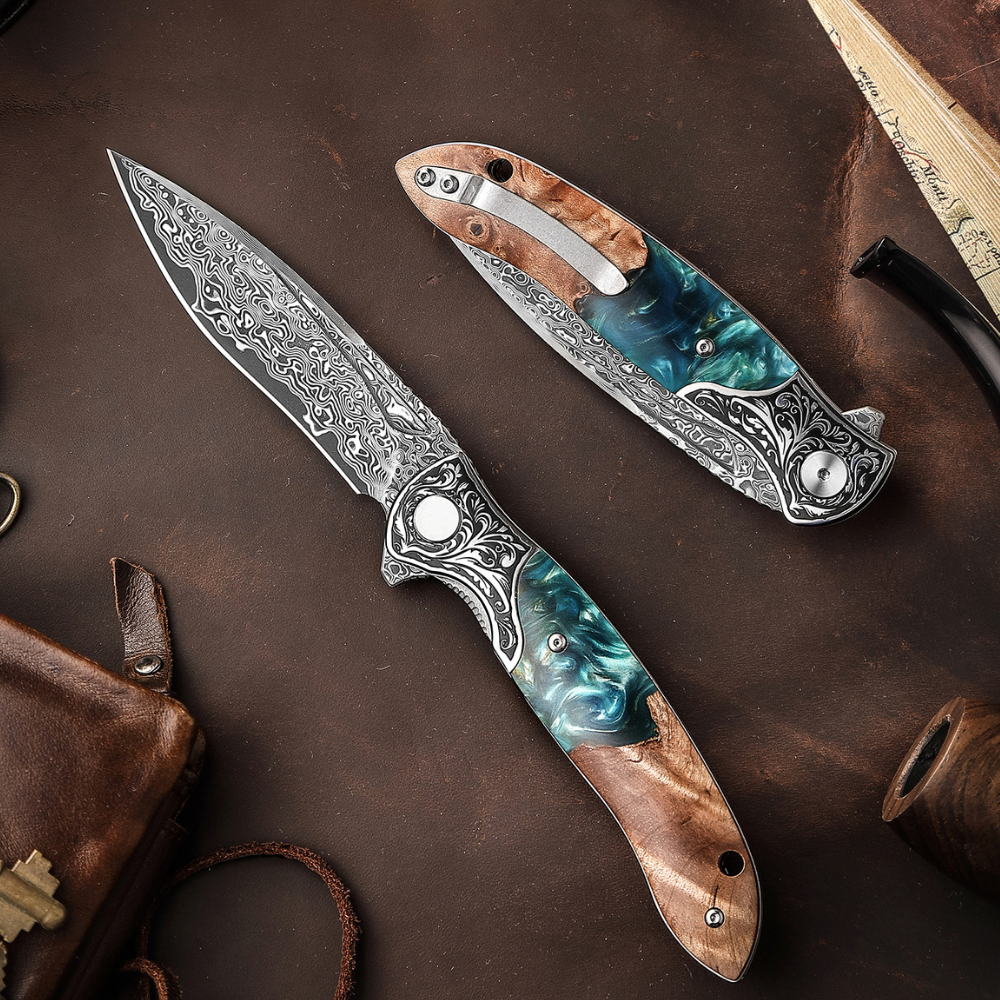
Leave a comment